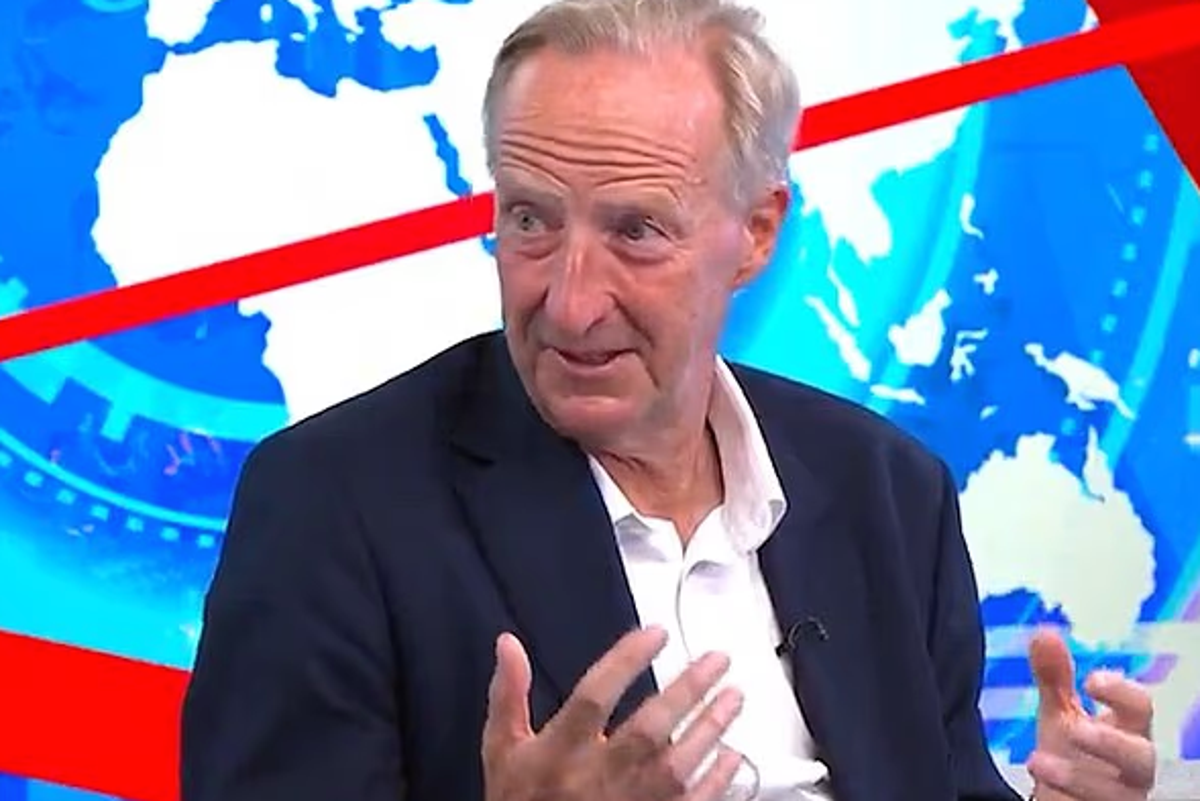Russian skies turn porous as Ukrainian drones strike deep behind enemy lines
global.espreso.tv
Fri, 11 Jul 2025 19:00:00 +0300

As Ukrainian military and political observer Oleksandr Kovalenko reports in OBOZ.UA, the strikes have not only penetrated hundreds of kilometers into Russian territory, but they’ve also revealed that the "formidable" Russian air defense network is now overstretched and failing.According to Kovalenko, on the night of July 1, Ukrainian drones struck the Kupol plant in Izhevsk, a facility known for producing Tor-M2 short-range air defense systems and, more recently, assembling Shahed-136 'kamikaze' drones. Despite Russian media broadcasting footage of a Tor system shooting down a Ukrainian An-196 Lyutyi drone near the plant — and claiming it had defended its “father” — subsequent satellite images and photographs told a different story."Judging by the photos from the plant itself, which appeared later, and satellite images of one of the workshops," Kovalenko writes, "it can be said that [the system] protected it so-so, very mediocrely."What makes the strike even more remarkable, he notes, is the distance involved. "Izhevsk is located more than 1,300 kilometers from the border with Ukraine, and the drones covered this distance and then were able to strike the enterprise, while the Tor-M2 air defense system reacted to the threat at the last moment."This wasn’t an isolated case. Kovalenko says Ukrainian drones also struck facilities such as PJSC Energia, the Research Institute of Applied Chemistry, the Chervonozavodsky Chemical Plant, the Azov Optical-Mechanical Plant, and JSC VNDIR-Progress — all in the first week of July alone.So why is Russia’s air defense failing?Kovalenko believes that years of full-scale war on Ukraine have devastated Russia’s ability to protect its own skies. "The transformation of Russian airspace into a sieve is a consequence of the fact that a full-scale war has been going on in Ukraine for the fourth year in a row," he writes, adding that Russian forces are losing air defense equipment every month — losses that "they not only cannot manufacture to compensate for, but also cannot even restore in time from the reserves of the Soviet era."He presents data showing that Russia has lost over 1,190 air defense units, according to Ukraine’s General Staff. This includes verified losses of dozens of Osa, Strela-10, Buk, Tor, Pantsir-S1, and S-300/350/400 systems. Importantly, Kovalenko highlights that these figures likely underrepresent the true scale, because they do not always distinguish between active and passive systems.And that passive component — radar systems — is key. Without radar, he writes, "all these beautiful, freshly painted anti-aircraft missile systems… are nothing. They are blind, deaf, and mute."According to him, Russia has lost over 110 verified and more than 200 unverified radar systems. Kovalenko stresses that radars are far more complex to produce, repair, and restore than the missile systems they guide. Their loss has left huge gaps in Russia’s detection capability, especially against small UAVs.In desperation, Russian forces began deploying Kasta all-altitude radar systems, long considered outdated. But once they were switched on, Kovalenko says, "they began to be extremely effectively knocked out." The situation is now so dire that “Russia will never be able to replace them,” he argues.As a result, Russian commanders are forced to "shuffle what remains in order to provide cover anywhere and anyhow, while losses continue to mount."Kovalenko concludes that Ukrainian drone strikes will become more effective over time, even without a significant increase in numbers, because Russia's losses are irreplaceable. This may eventually force Moscow into an impossible dilemma: protect its own airspace or defend the temporarily occupied territories."At some point, Russia will find itself in such a stalemate," he writes, "that it will have to choose: either to defend its airspace from Ukrainian drone attacks in some way, or to maintain air defense in the temporarily occupied territories." And either choice, Kovalenko believes, could signal a real turning point in the war.







